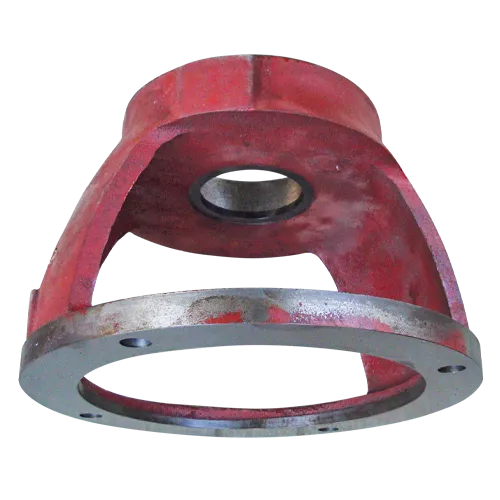Mobile:+86-311-808-126-83
Email:info@ydcastings.com
types of aluminium casting
Types of Aluminium Casting
Aluminium casting is a versatile manufacturing process used to create various components across multiple industries. This process involves pouring molten aluminium into a mold, where it solidifies into the desired shape. Aluminium is favored for its lightweight, strength, and corrosion resistance, making it an ideal material for automotive, aerospace, and consumer goods. There are several types of aluminium casting methods, each with its own unique advantages and applications.
1. Sand Casting
Sand casting is one of the oldest and most widely used aluminium casting methods. In this process, a mold is created by compacting sand around a pattern of the desired part. The pattern is then removed, leaving a cavity that is filled with molten aluminium. Sand casting allows for the production of large and complex shapes, making it suitable for parts such as engine blocks, brackets, and housings. One of the main advantages of this method is its low cost and ability to produce intricate designs without the need for expensive tooling.
2. Die Casting
Die casting is a high-pressure casting process that involves forcing molten aluminium into a steel mold or die. This method is highly efficient and ideal for producing small to medium-sized parts with excellent dimensional accuracy and surface finish. Die casting can be divided into two types hot chamber and cold chamber. Hot chamber die casting is used for metals with low melting points, while cold chamber die casting is suitable for aluminium. This method is commonly employed in the automotive industry for manufacturing parts like transmission cases, engine components, and electrical housings.
types of aluminium casting

3. Investment Casting
Investment casting, also known as lost-wax casting, is a precision casting technique that provides remarkable detail and surface quality. In this process, a wax pattern is coated with a ceramic shell, and the wax is melted away to leave a cavity for the molten aluminium. This method is ideal for complex designs and is often used for aerospace components, intricate mechanical parts, and jewelry. While investment casting is more expensive than sand or die casting, it delivers superior accuracy and a better surface finish.
4. Permanent Mold Casting
Permanent mold casting utilizes reusable molds, typically made from metal, to produce aluminium parts. In this method, molten aluminium is poured into the mold, and gravity helps fill the cavity. This technique is suitable for producing medium-sized batches of parts with good dimensional accuracy and surface finish. Permanent mold casting is commonly used in the production of automotive components, such as wheels, and various household items.
Conclusion
Each aluminium casting method offers distinct advantages, catering to different production needs and requirements. Sand casting is economical for large and complex shapes, die casting excels in high-volume production of small parts, investment casting achieves superior precision, and permanent mold casting balances efficiency with quality. Understanding these types can help manufacturers select the most appropriate casting method for their specific applications, enhancing product performance and reducing costs. As industries continue to evolve, the demand for innovative aluminium casting techniques will likely increase, driving further advancements in this essential manufacturing process.











